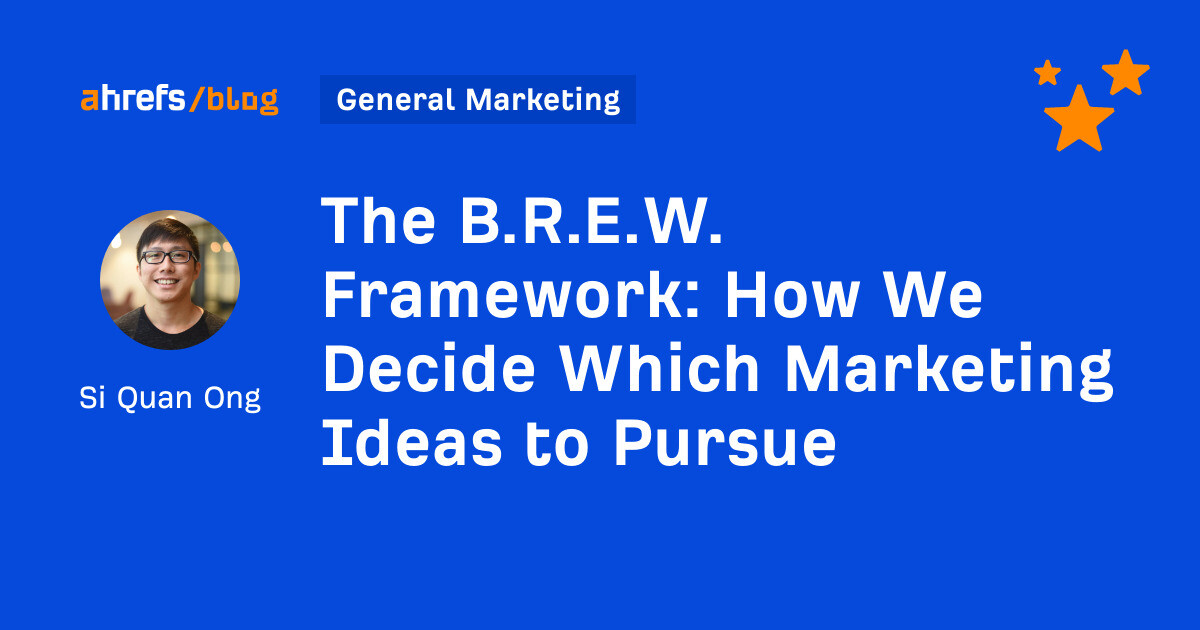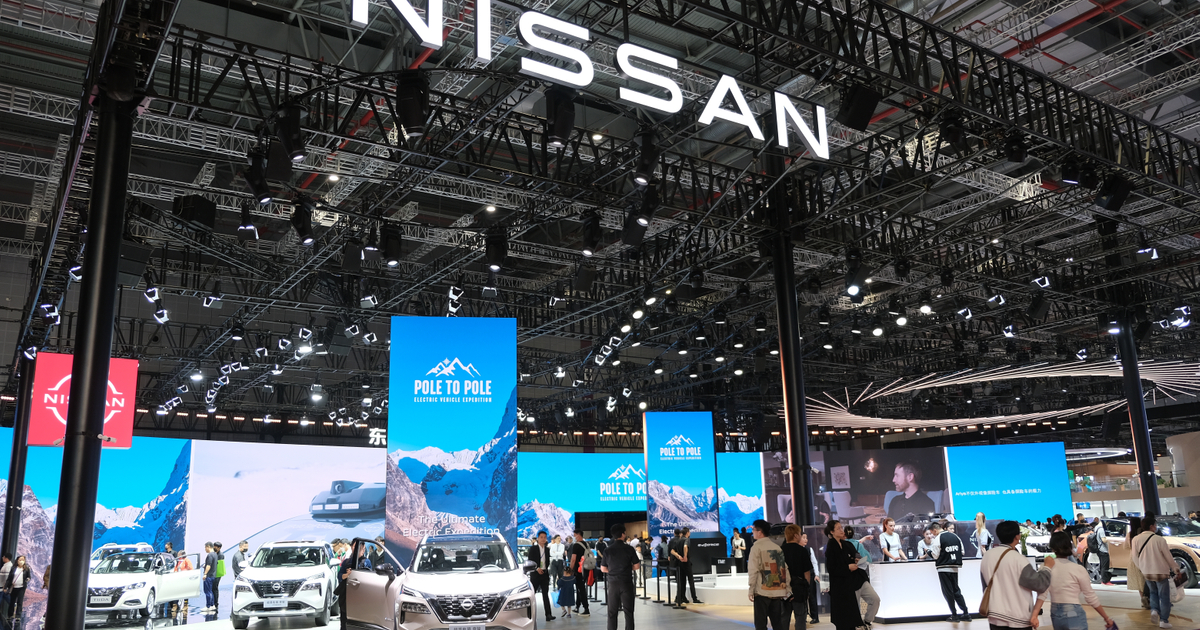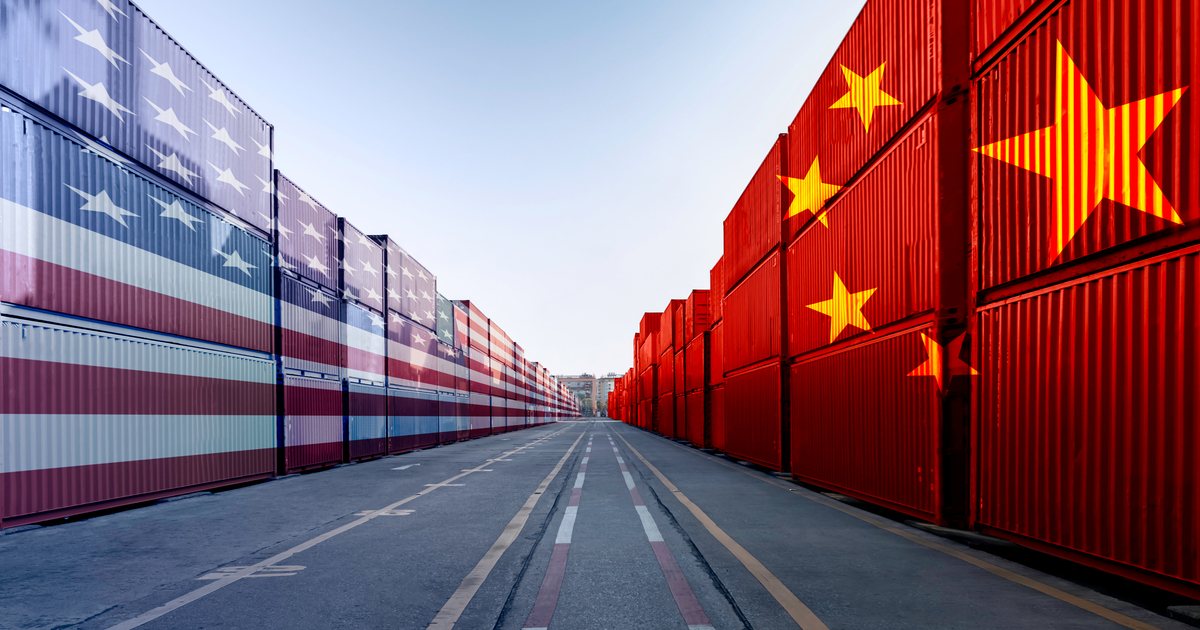5 ways AI is being used in marketing
Ad Age outlines the ways that marketers are using artificial intelligence to do the heavy lifting—including virtual influencers and creative optimization.

One trend that gained ground in 2022—and is expected to be even bigger in 2023—is the use of artificial intelligence in marketing. As brands become savvier to consumer likes and dislikes, they’re increasingly turning to machines to do some of the heavy lifting. Some of that lifting includes the use of virtual influencers for products and campaigns and using AI to fuel creative copy. But not to worry—most efforts are still nascent and not yet widespread, so our eventual replacement by bot is still far in the future.
Below, Ad Age lists some of the biggest uses of AI this past year.
Image generation
Many ad agencies are using AI to generate images, either to create interesting content, to brainstorm ideas or streamline costs and make the workload easier. Canadian shop Rethink, for example, tapped AI text-to-image tool DALL-E 2 to create images of ketchup as the next iteration of Heinz’s “Draw Ketchup” campaign earlier this year. Shops are also using other AI tools Midjourney and Stable Diffusion. Of course, integrating AI into image generation is not without its challenges, which include copyright and ownership issues.
Read more: How agencies are using AI image generators
Fueling creative copy
Marketers are also using AI to write creative copy. Earlier this fall, Mastercard Chief Marketing and Communications Officer Raja Rajamannar spoke at the Association of National Advertisers’ annual Masters of Marketing conference about the payment company’s use of its digital marketing engine. This program, which Mastercard developed, uses AI to run a data-driven deep dive on current trends in the cultural zeitgeist. This can take up to three days. Then the AI helps Mastercard develop creative and buy media. It takes “minutes, not months,” according to a video the brand created to tout the program. Similarly, Pernod Ricard is investing more in “dynamic creative optimization” which also personalizes ads based on data mined by automation.
Speeding up ROI
In October, Adobe debuted a new service, as part of its toolbox to marketers, that uses AI to determine a speedy return on investment. Available as part of the Adobe Experience Cloud, the tool—powered by Adobe’s Sensai AI engine—gives marketers return data within weeks rather than months, which is the typical time such information would take to assess. Smaller or mid-size marketers might be best suited to use the service since it is unlikely they have large data scientists on staff. AAA Northeast was an early pilot user of Adobe’s tool.
Wrapping up the data
Every December, millions await Spotify’s year-end Wrapped lists, which use data to distill the listening habits of each of its users into a single summation. Like Spotify’s recommendation playlists, the Wrapped section uses AI learning to mine subscriber data and find the music and podcasts that might resonate the most with listeners based on previous preferences. This year, Spotify marketed its Wrapped experience with a series of interactive word searches, puzzles and hidden picture illustrations in outdoor billboards and murals.
Virtual influencers
Some marketers are also experimenting with virtual influencers powered by AI. For example, The Diigitals, a digital modeling agency, recently used machine learning as part of the creation of Kami, a 3-D virtual avatar and influencer with Down Syndrome. As brands continue to explore the idea of virtual influencers to sell and build awareness for their products, the trend is expected to become more mainstream.

 UsenB
UsenB 
















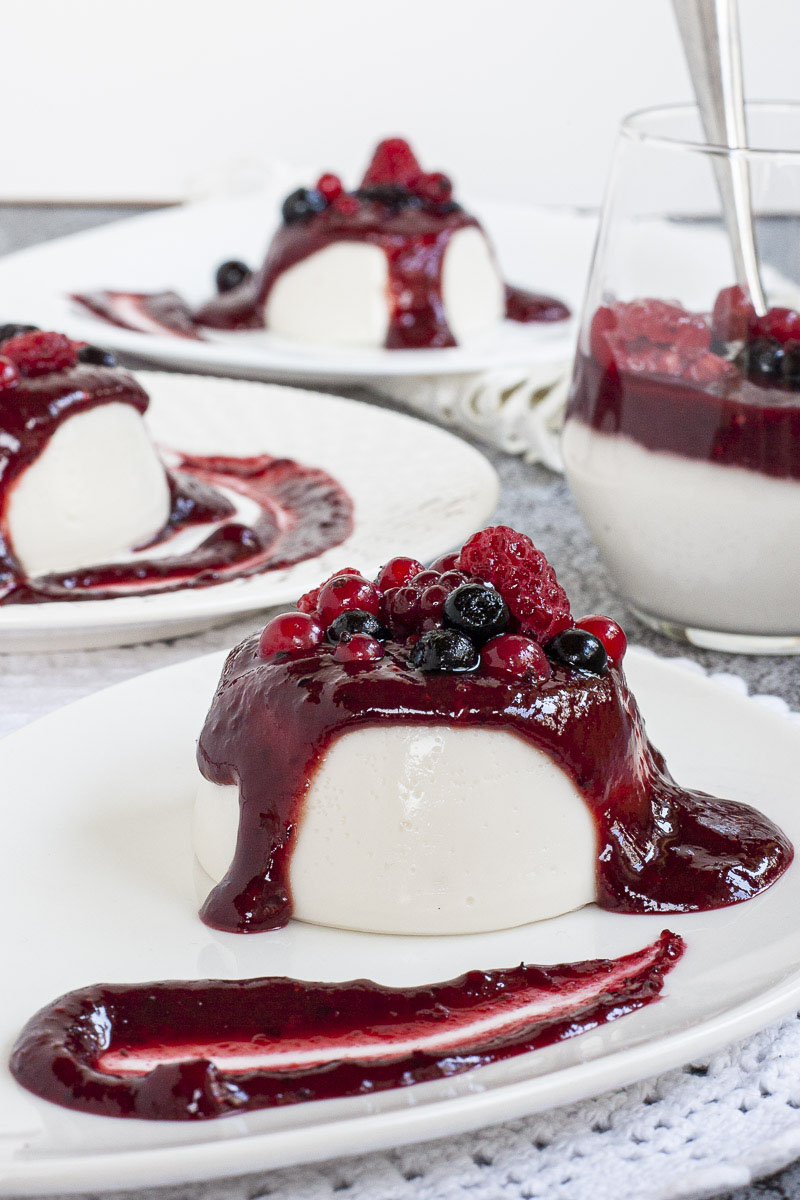

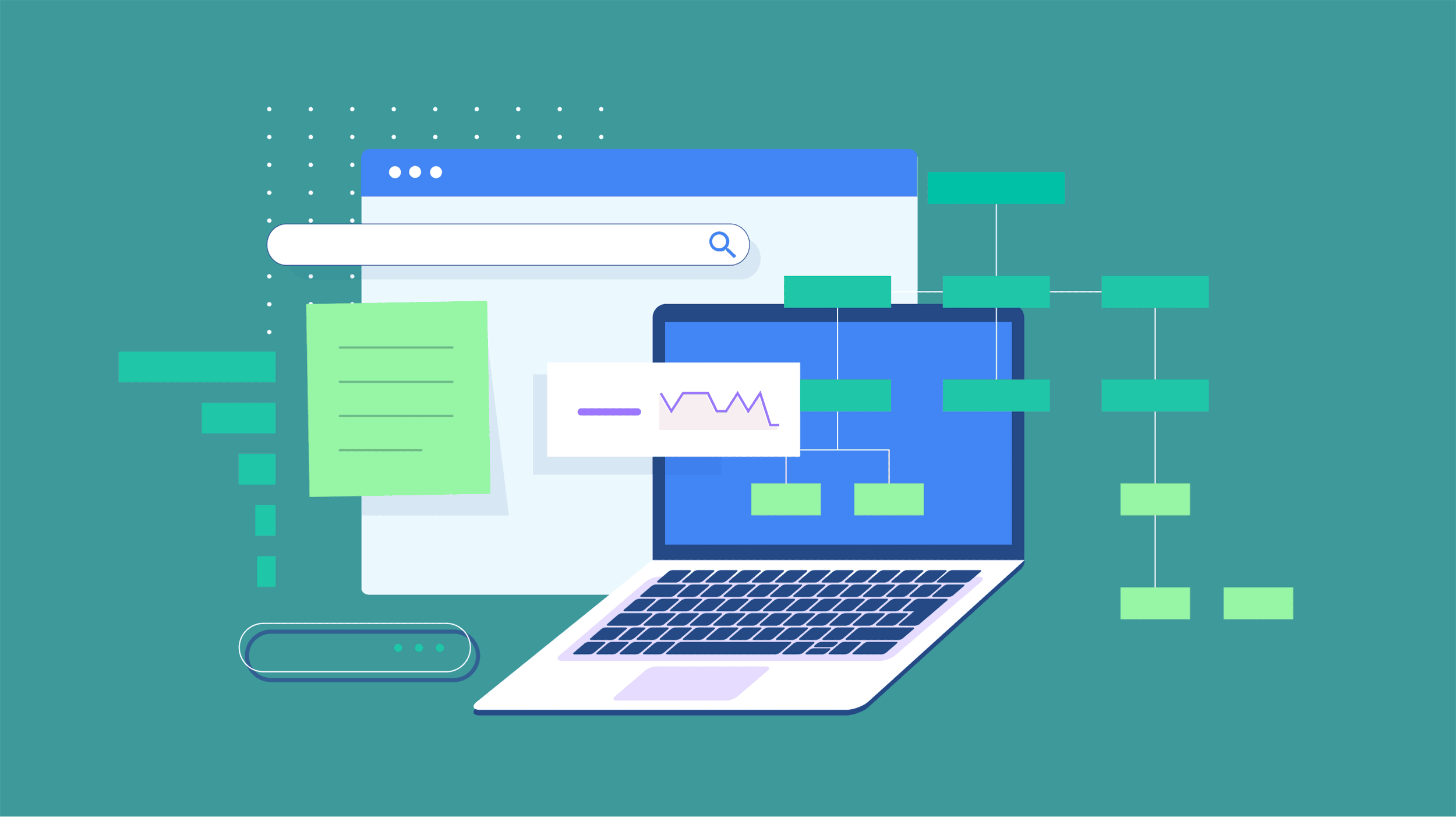
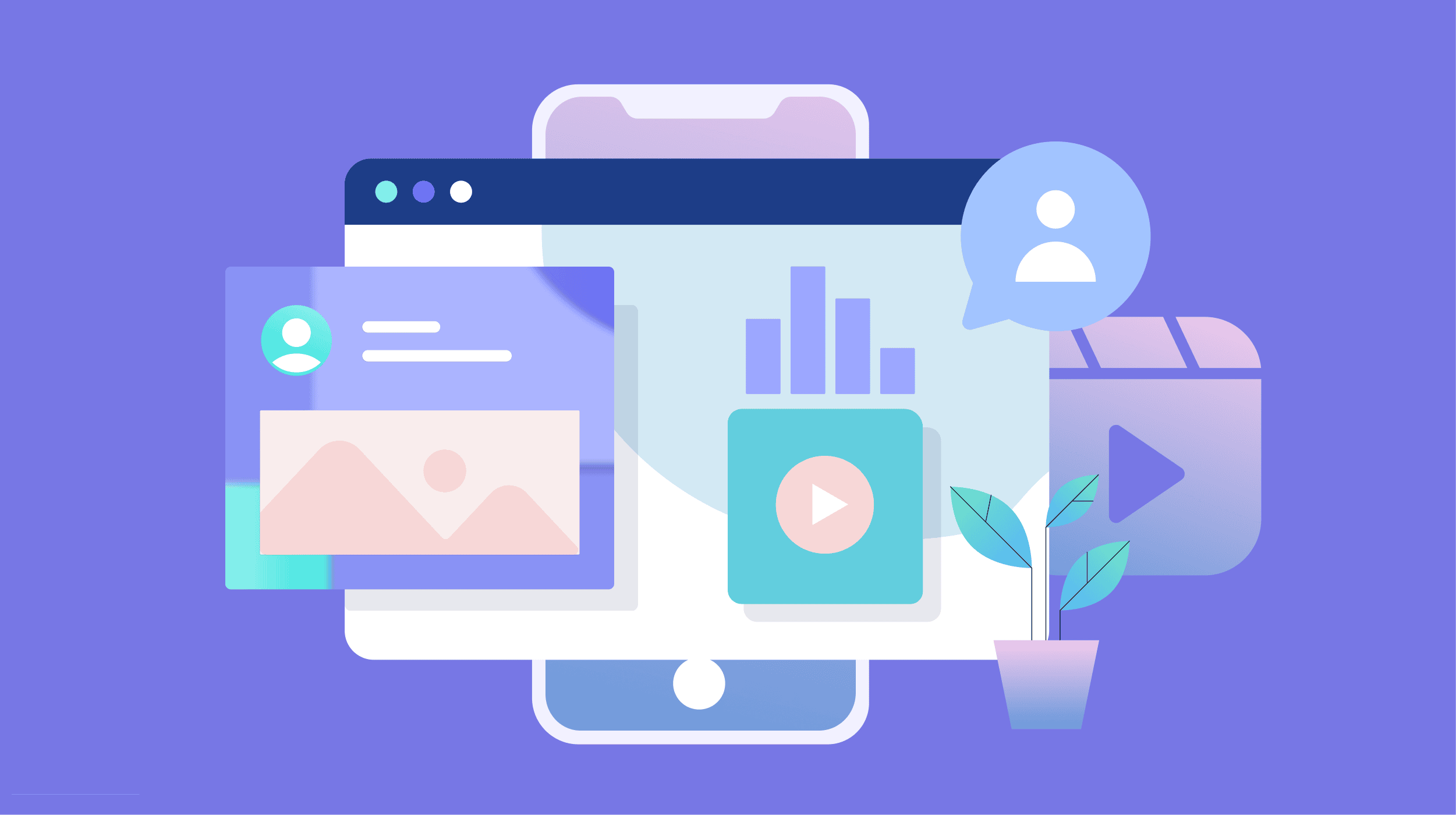



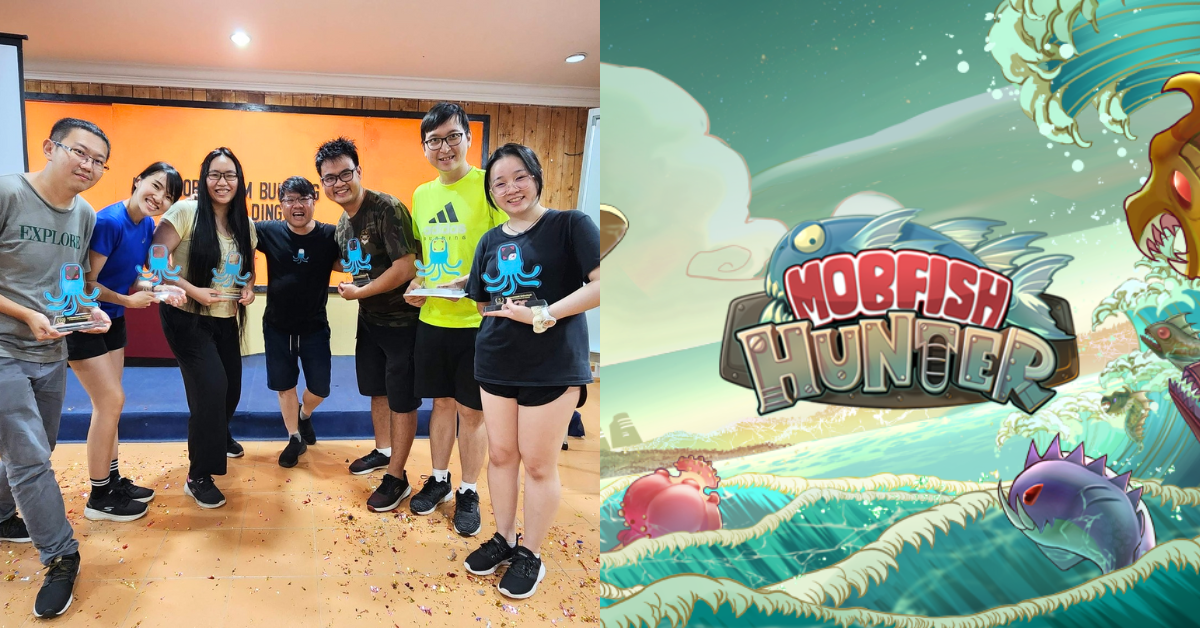
![8 Marketing Principles You Wish You Knew From the Start [Infographic]](https://imgproxy.divecdn.com/IrFUUizSVZJGsPem_wXXddL_nQGNvo8QImauGCOQCxo/g:ce/rs:fit:770:435/Z3M6Ly9kaXZlc2l0ZS1zdG9yYWdlL2RpdmVpbWFnZS84X21hcmtldGluZ19wcmluY2lwbGVzX2luZm8yLnBuZw==.webp)


